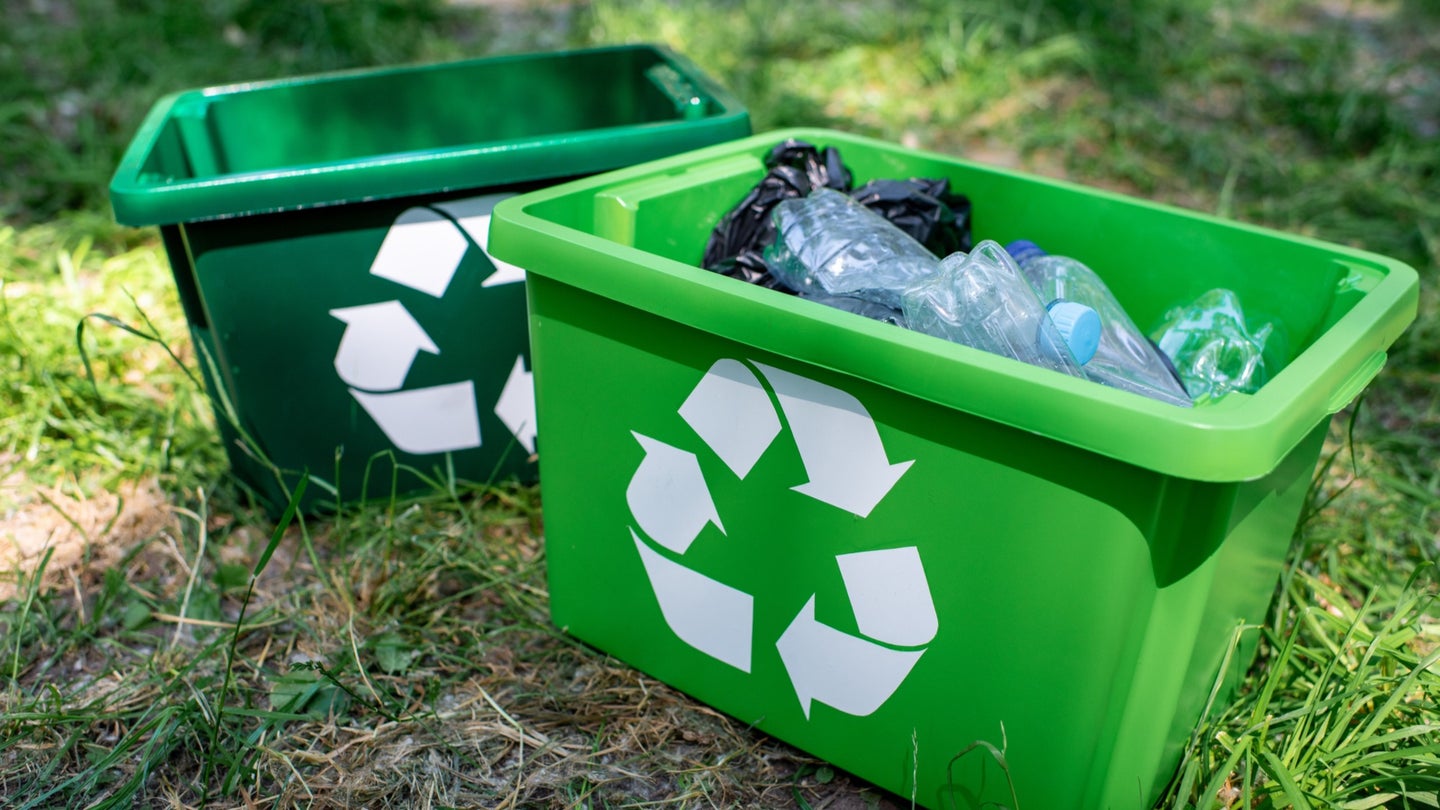
Over the past decade, public awareness about climate change has grown, albeit gradually. As more people became eco-conscious, it isn’t surprising that the demand for environmentally friendly products has increased as well. According to the 2022 Sustainable Market Share Index, sustainability-marketed products now hold about a 17.3 percent share of the consumer packaged goods market, a significant increase from 13.7 percent back in 2015. Products marketed as sustainable also grew about twice as fast as conventionally marketed products from 2017 to 2022.
With more green products entering the market, it’s important to ensure that manufacturers do not mislead consumers when it comes to environmental claims. The Federal Trade Commission made the Guides for the Use of Environmental Marketing Claims (or “Green Guides”) exactly for this purpose. First issued in 1992, the guide has been updated several times since then to keep marketers from making unsubstantiated claims.
[Related: How to actually recycle.]
Last month, the US Environmental Protection Agency (EPA) submitted a comment about the Green Guides. According to the agency, the use of the resin identification code (RIC) with the recycling symbol—the familiar three chasing arrows—constitutes a misrepresentation of claims. Even though the RIC is meant to identify a product’s unique plastic resin type, consumers generally understand it to represent a universal recycling symbol. A 2019 report from the Consumer Brands Association found that 68 percent of Americans assume any product with the resin code and recycling symbol is recyclable.
“When the plastic industry co-opted the recycling symbol to label their plastic resins, they began a decades-long misinformation campaign to convince Americans that all plastic packaging is recyclable,” says Martin Bourque, executive director of the Ecology Center and co-founder of the Alliance of Mission-Based Recyclers (AMBR). “Nothing could be farther from the truth.”
The RIC refers to the type of plastic of which there are seven in total. However, “very little plastic packaging is even marginally recyclable,” says Bourque. According to Greenpeace, only polyethylene terephthalate (PET) #1 and high-density polyethylene (HDPE) #2 can be claimed as recyclable materials. They are the only types of plastic resin widely accepted by more than 350 material recovery facilities (MRF) across the country. Even if MRFs were to accept other types of plastic, that doesn’t ensure that they will be recycled—they might simply dispose of them.
Recycling contamination occurs when recyclable items are placed in the wrong bins or non-recyclable items end up in the recycling system. Local governments and MRFs face contamination issues in their daily operations, which is associated with consumer confusion about what is recyclable or not. The Recycling Partnership, a nonprofit organization committed to building a circular economy, estimates that contamination costs the US recycling system at least $300 million annually.
Bourque says the use of the chasing arrows with the RIC has undermined efforts at reducing plastic use, enabled even more single-use and disposable plastic packaging, and cost recyclers millions in collection, sorting, and disposal expenses. The EPA comment says that updating the recyclable claims section on the Green Guides may reduce consumer confusion and the financial burden of facilities receiving and incarcerating plastic materials they cannot recycle.
ASTM International, which administers the RIC system, revised the standard in 2013 and replaced the chasing arrows symbol with a solid equilateral triangle to bring the focus back to the purpose of resin identification and quality control before recycling. The state of California also passed SB 343 in 2021, which prohibits the use of the chasing arrows symbol on products that are not considered recyclable in accordance with statewide recyclability criteria.
Having an equilateral triangle around the resin identification code is moderately better than the recycling symbol, says Bourque, but he recommends that California’s new labeling law be adopted on a national level since it requires any claims of recyclability (including the use of the chasing arrows symbol) to be backed up with proof.
The RIC system was not intended for consumers in the first place, but rather, for those who work in materials recovery and recycling facilities. In terms of getting more people on board with recycling, it may be helpful to establish consumer communication tools like new labels to indicate specifically whether a plastic material is recyclable or not, says Kate O’Neill, global environmental politics and governance expert and professor at the University of California, Berkeley. It may also restore trust in the system and create more effective recycling practices from consumers, she adds.
[Related: Recycling plants spew a staggering amount of microplastics.]
To increase plastic recycling rates, it’s necessary to invest in recycling infrastructure, says O’Neill. The country’s recycling infrastructure hasn’t been keeping up with today’s waste steam. Last year, the EPA announced $375 million in funding for new recycling, reuse, and waste prevention programs and initiatives—the largest investment in recycling by the EPA in 30 years.
O’Neill says creating markets for recycled plastics could also help. In 2020, California passed AB 793 which requires plastic beverage containers to contain a minimum amount of recycled content. Starting in 2022, the amount of post-consumer recycled resin in plastic beverage containers should at least be 15 percent. The requirement increases to 25 percent by 2025 and 50 percent by 2030, thereby increasing the demand for recycled resin.
Although recycling is part of the solution when addressing plastic waste, O’Neill says it can’t be the panacea. The focus should still be on reducing plastic packaging, not recycling more, says Bourque. Targeting virgin plastic production and use can reduce further waste generation. “We cannot recycle our way out of the plastic packaging crisis,” he adds. “Remember, it goes ‘Reduce, Reuse, then Recycle!’”
The post Why the recycling symbol is part of a ‘misinformation campaign’ appeared first on Popular Science.
Articles may contain affiliate links which enable us to share in the revenue of any purchases made.
from | Popular Science https://ift.tt/Izthx3g




0 Comments